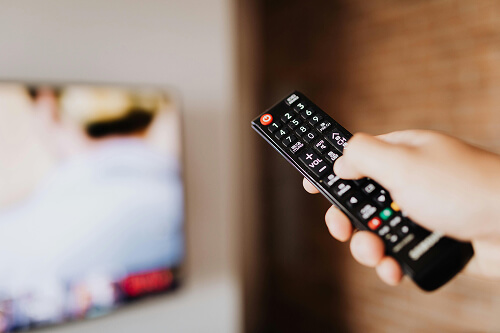
Screen time debates evolved beyond simple time limits in 2025. Research now emphasizes quality over quantity, context over counting minutes, and family engagement over arbitrary rules.
The American Academy of Pediatrics updated guidelines to reflect modern reality. Under 18 months: avoid screens except video chatting. 18-24 months: high-quality programming only, watched together. 2-5 years: maximum one hour daily of quality content. 6 and up: consistent limits ensuring screens don't replace sleep, physical activity, or family time.
Quality matters more than duration. Educational content teaches skills. Interactive programs engage rather than passively entertaining. Age-appropriate content supports rather than hindering development.
Co-viewing transforms screen time from passive to active. Parents discussing programs with children enhance learning. Questions like "What do you think will happen?" promote critical thinking. Shared viewing creates bonding opportunities.
Content selection requires parental involvement. Not all educational content is equal. Research programs before allowing access. Common Sense Media provides reviews and age recommendations.
Screen-free zones remain important. Bedrooms should exclude screens — they disrupt sleep. Family meals happen without devices. These boundaries protect sleep and family connection.
Physical activity must remain priority. Screens can't replace outdoor play, sports, and movement. Children need daily exercise for physical and mental health. Schedule active time as seriously as screen time.
Blue light affects sleep in children more than adults. Devices used near bedtime disrupt circadian rhythms. Two-hour pre-bedtime screen cutoff helps. Blue light filters mitigate but don't eliminate effects.
Social media requires special attention. Minimum age requirements exist for good reasons. Even when age-appropriate, parental monitoring protects from cyberbullying, inappropriate content, and mental health impacts.
Gaming gets unfair reputation but isn't inherently harmful. Many games develop problem-solving, creativity, and social skills. Parents should play with kids to understand content and appeal. Balance gaming with other activities.
Educational apps supplement but don't replace traditional learning. Apps teach specific skills effectively. They don't replace teacher instruction, hands-on learning, or social interaction necessary for development.
Creative screen time differs from passive consumption. Making videos, coding, digital art — these active uses develop skills. Watching others create is passive. Encourage creation over consumption.
Family media plans work better than arbitrary rules. Families discuss values and create agreements together. Plans include screen-free times, content limits, and consequences for violations. Everyone, including parents, follows the plan.
Modeling matters more than rules. Children imitate parents. If parents constantly scroll, children will too. Demonstrating healthy device use teaches better than lectures.
Flexibility accommodates reality. Long car rides, illness, or rainy days might exceed usual limits. Rigid rules create conflict. Flexible guidelines adapt to circumstances while maintaining overall balance.
Signs of problematic use require attention. Irritability when screens unavailable, neglecting responsibilities or friendships, sneaking device usage — these warrant intervention. Professional help may be necessary.
Technology isn't enemy — it's tool. Used thoughtfully, screens educate, entertain, and connect. Used thoughtlessly, they harm development and family relationships.
The goal is raising children who use technology as tool, not escape. Balance, quality content, parental involvement, and consistent limits create healthy digital citizens.
Our premium platform is currently unavailable for your connection in your current location.
See supported regions and mobile carriers for more information or when we plan to expand our service. Cost may apply.
Good news: You can still enjoy our trial content while we work on expanding!